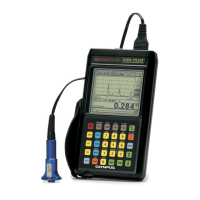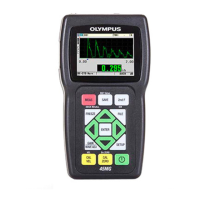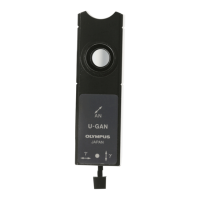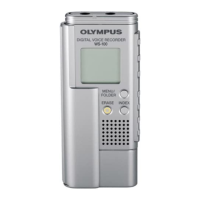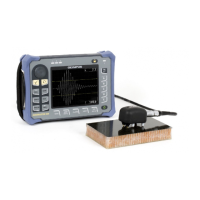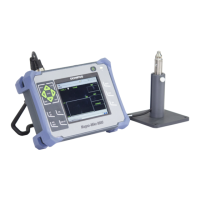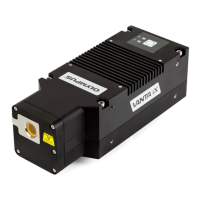DMTA-10004-01EN, Rev. D, November 2016
Sound Velocities
283
Appendix B: Sound Velocities
Table 41 on page 283 consists of the sound velocities in a variety of common materials.
Use this table only as a guide. The actual velocity in these materials may vary
significantly due to a variety of causes, such as composition, preferred
crystallographic orientation, porosity, and temperature. Therefore, for maximum
accuracy, establish the sound velocity in a given material by first testing a sample of
the material.
Table 41 Sound velocities in common materials
Material V (in./µs) V (m/s)
Acrylic resin (Perspex) 0.107 2730
Aluminum 0.249 6320
Beryllium 0.508 12900
Brass, naval 0.174 4430
Copper 0.183 4660
Diamond 0.709 18000
Glycerin 0.076 1920
Inconel 0.229 5820
Iron, Cast (slow) 0.138 3500
Iron, Cast (fast) 0.220 5600
Iron oxide (magnetite) 0.232 5890
Lead 0.085 2160
Lucite 0.106 2680
Molybdenum 0.246 6250
Motor oil (SAE 20/30) 0.069 1740
Nickel, pure 0.222 5630

